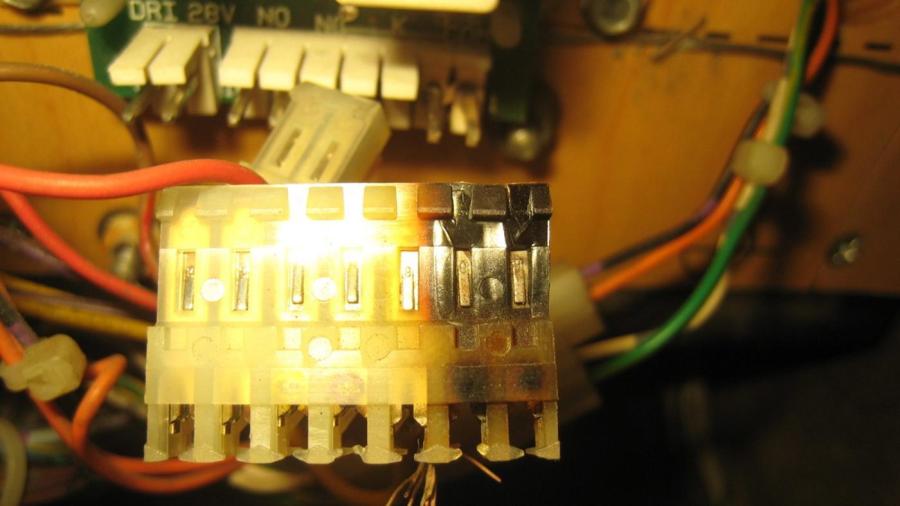How Do You Check for an Electrical Short in a House?

To test a household electrical circuit for short circuits or places where the circuit deviates from its path, use a multimeter. Set the multimeter to measure resistance, and test any electrical outlets that are suspected of having short circuits.
-
Disconnect power to the circuit
Locate the circuit breaker panel in the house, and flip the switch associated with that circuit to the off position.
-
Prepare the multimeter
First, plug the red lead into the port on the multimeter marked “Volt” or “mAVO.” Then, plug the black lead into the port marked “COM”.
-
Set the function
Turn the function of the multimeter to resistance, denoted by the ohms symbol. It looks somewhat like the lowercase letter “o” with small lines rising horizontally from the bottom.
-
Insert the probes
Grasp the probes by the small rubber or plastic leads. Insert the red probe into the right outlet prong and the black into the left outlet prong. The reading should be anything other than zero. If the meter shows a reading of 0, there is effectively no resistance, which indicates a short circuit somewhere in the wires to that outlet.
-
Physically inspect all outlets
Check for signs of burned plastic or scorch marks around the outlet slots. If an outlet is in use and smoke is coming from it, shut power off to the circuit immediately.





